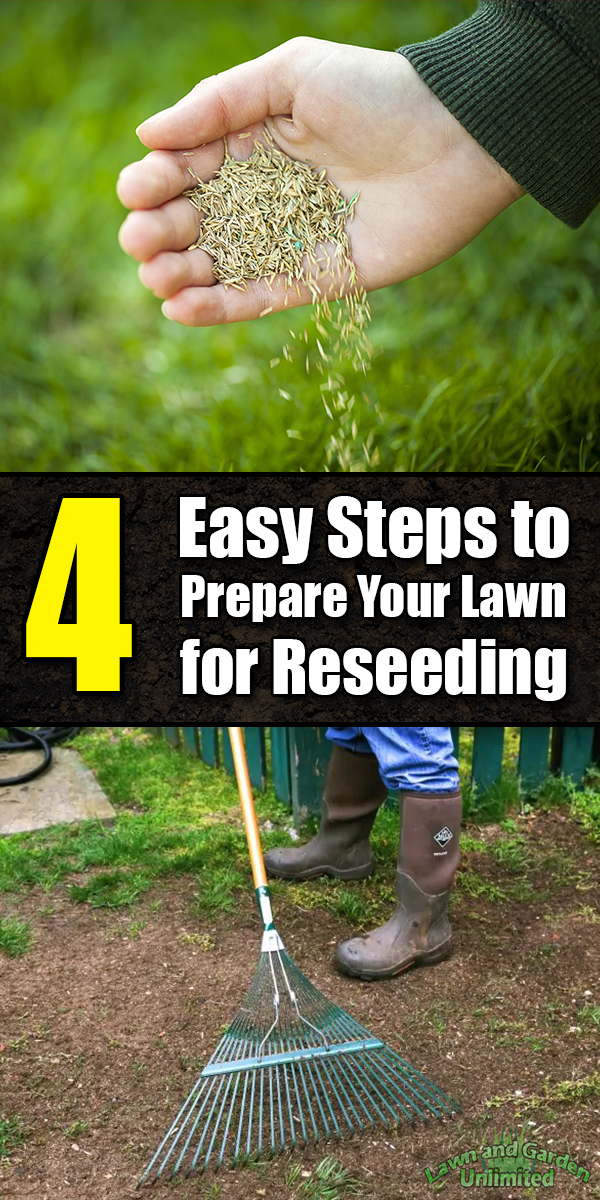![]() Before you take the time to reseed your lawn to fill in the spaces where it is thinning out or becoming brown in color, there are a few steps that need to be taken to ensure that the seed sticks and that you get the best results possible. In this article, we will break down the four most crucial steps to take before actually planting your grass. It is important to keep in mind that the best time for you to undertake these tasks is during the fall, so that it can get all of the nutrients it needs during the winter to grow fully in the spring. So, if the weather is getting crisp and you’re ready to start planting, this guide will help.
Before you take the time to reseed your lawn to fill in the spaces where it is thinning out or becoming brown in color, there are a few steps that need to be taken to ensure that the seed sticks and that you get the best results possible. In this article, we will break down the four most crucial steps to take before actually planting your grass. It is important to keep in mind that the best time for you to undertake these tasks is during the fall, so that it can get all of the nutrients it needs during the winter to grow fully in the spring. So, if the weather is getting crisp and you’re ready to start planting, this guide will help.
Step #1: Rake Your Lawn Thoroughly
Before you begin the process, it is important that you first run a heavy-duty rake over the lawn. By doing this, you’re not only clearing off the dead leaves of fall that might otherwise smother your lawn, but you are getting rid of other debris that might inhibit new growth. Raking will expose any bare spots in the lawn, so that you are made aware of where your work lies. Once you remove the debris with a rake, you can compost the debris for your added benefit.
Step #2: Loosening the Soil
After the raking is complete, you can use a cultivator to help loosen the soil in the bare spots to about one inch deep. If the soil has been compacted for a while, it may be best to loosen it as far as five inches deep to aerate it. If you don’t have an aerator on hand, you can complete this process with a spade instead. When you are working with particularly compacted soil, it will be good to add some peat moss or gypsum for the purpose of keeping the soil loose in the future.
Step #3: Fertilize the Lawn
Fertilizing the bare patches in the lawn is the best way to help the new seeds to grow. When you are doing this in the fall, choose a winter fertilizer for best results. These types will have higher levels of potassium and nitrogen, which will make the soil richer and healthier for the new seeds to absorb. It is important to follow the directions of whatever soil you choose as not to over nourish the fragile soil.
Step #4: Choosing Your Seed
Now, for the actual seeding! It is important to choose seeds that have the highest quality you can find and afford for best results. You also want to look for grass seeds similar to the existing grass in your lawn while taking into account the soil and climate type you are planting in. The seeds need to be sown in the bare patches and scattered around 15 to 25 grams per square meter.
Reseeding your grass is a great way to turn your lawn into something to be proud again over the seasons. Follow these easy steps to ensure that the grass that sprouts in the spring is everything you wanted and with no disappointment.
